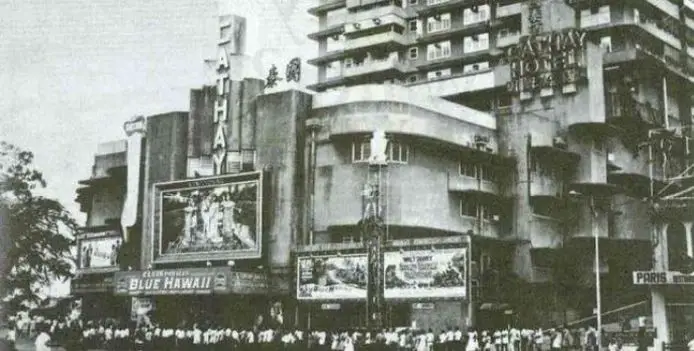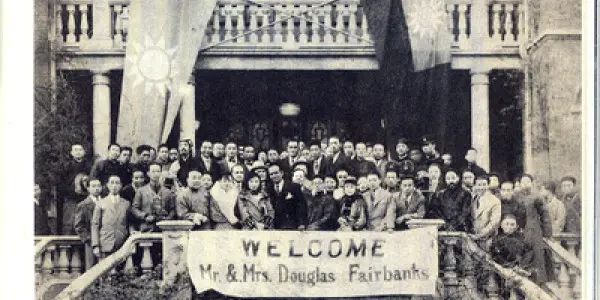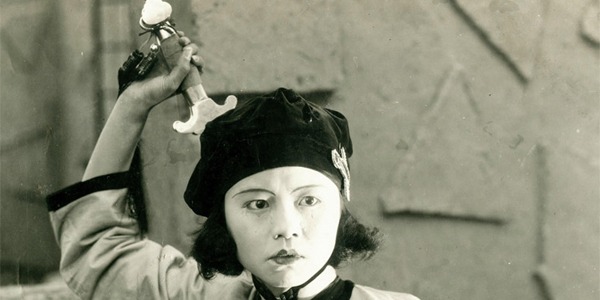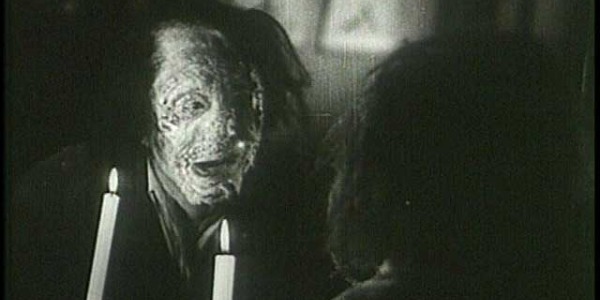The History of Hong Kong Action Cinema Pt. 2 – 1930’s Shanghai, Japanese Occupation & Talkies

Massive film lover. Whether it's classic, contemporary, foreign, domestic, art,…
Around the 1930s, Hong Kong was going through a period of change during the devastating war years and Japanese occupation. In this installment of the History of Hong Kong Action Cinema series, we won’t be digging into that many movies, but this time marks a serious change in the blossoming movie business in Hong Kong. As a result the deflation of the Shanghai-based studios and their film crews migration would prove to be a tremendous asset to Hong Kong’s future as one of the leading film markets in years to come.
The development of the Chinese film industry
The Chinese film industry has had a rocky and unstable history since the advent of sound. China is known for their martial arts and swordplay films. But in the 1930s wuxia films were banned, as well as Cantonese language films, which was the prominent dialect of Hong Kong. From the thirties into the forties most of the movies coming out were propaganda films, and the Japanese occupation in the forties brought the industry to a halt.
After the Japanese occupation, the Chinese civil war resumed. Since the civil war took place on the mainland, this would boost Hong Kong’s role in China’s film industry. There were both Mandarin and Cantonese productions, and larger budgets tended towards the Mandarin projects, this could be the foundation that inspired Cantonese filmmakers to produce creative material with fewer resources.

Early Cantonese Talkies and Flying Swordswomen
The movie business in Hong Kong was growing despite their trials along the way. By 1930 the Minxin studio, founded by the “father of Hong Kong cinema” Lai Pak-hoi, was struggling financially. Unable to compete with its rival studio Mingxing (confusing since it’s only two letters away from Minxin) in Shanghai, which was still a major movie making factory until 1937 when the Japanese occupation (the second Sino-Japanese war) of China brought a demise to the once prolific studio.
The Shaw Brothers’ Shanghai-based Tianyi studio was experiencing a successful run and is noted for releasing one of the first Cantonese language films, White Golden Dragon, which proved to be a major success. Due to the ban of martial arts and Cantonese-language films in Mainland China, the Shaws exported their equipment and set up their studio in Hong Kong in 1933. Martial arts/wuxia films were commercially successful for Tianyi studios and under the strict tutelage of the Mainland government moving to Hong Kong was the only way for their studio to survive.
While Lai Pak-hoi was bailing water out of the sinking Minxin ship, the studio formed an alliance with the studios Dazhonghua Baihe, Shanghai Yingxi, Xianggong and Yingye, which were all absorbed to form the short-lived but massive Lianhua studio. Despite its presence as a large-scale studio, its collapse was due to the nationalist troop withdrawal in 1937 during the Sino-Japanese war.
The martial arts films that were released in this decade continued to be entertaining and innovative. One of those titles (of the few that survived from that era) was one entry in the thirteen part series The Swordswoman of Huangjiang – Uproar at the Baolin Temple. It’s an entertaining martial arts film from Hong Kong’s silent era, however, by the climax the action ends abruptly since the rest of the film is missing. However, it’s an interesting artifact of early wuxia serials, and the fight scenes are pretty impressive given the period in which this was filmed.

It may come as a surprise to some when they find out that the world’s first martial arts movie star was a woman. Chin Tsi-Ang starred in over a dozen wuxia serials in five years and went to work in movies until 2002. She passed away, leaving behind a legacy of credits, at the age of 97.
Cantonese opera was a powerful inspiration to a lot of the Cantonese-language films made in these early days of cinema. In 1935 Lai Pak-hoi directed The Pain of Separation one of the first (of many) filmed versions of a popular Cantonese opera/folk tale. In the same year, Lai Pak-hoi would direct another successful film, The Witty Sorcerer, in 1931. Since the dates of these films are poorly recorded some regard this as the first full-length, narrative film from Hong Kong, although The Witty Sorcerer was made a year after The Swordswoman of Huangjiang. Regardless, both films have their place in Hong Kong cinema history.
Although the Shanghai film business released their first talkie two years before the Hong Kong industry, the colony’s cinematic father Lai Pak-hoi came out with Hong Kong’s first Cantonese language film, a comedy called The Idiot’s Wedding Night, in 1933. An early example of the competition that would exist between Mainland China’s and Hong Kong’s budding movie industries.
The Birth of Hong Kong Horror and the Japanese Occupation
Wong Toi’s 1934 film The Body Snatchers is credited as Hong Kong’s first horror film, again like so many trend-setting films from this era prints are scarce if non-existent. In 1934 we-Xu Wiebang’s more popular, currently available movie Song at Midnight (aka Voices at Midnight) is credited as the first Chinese horror film. Although there is no definitive answer to the films year of inception, Song at Midnight does have some creepy imagery, and is a very well crafted film from this era.

Despite the bright horizon of Hong Kong’s movie industry the Japanese occupation in 1937 resulted in the closing of Shanghai’s major studios. Lianhua, Minxin, and Tianyi relocated to Hong Kong and continued to produce Mandarin language films alongside the Cantonese-language films of Hong Kong. For years, the crown colony of Hong Kong had been second chair to Shanghai’s voluminous output of movies. This migration proved to be a major shift in Hong Kong’s movie industry, as well as China’s cultural history altogether.
Think about the various European directors who fled to Hollywood because of WWII, luminaries such as Fritz Lang, Otto Preminger, F.W. Murnau, Robert Siodmak, and Billy Wilder. Now imagine if all of the figures in Hollywood fled to Europe? Imagine seeing “A F.W. Murnau production of a John Ford Film for Film Arts Guild”? Well, given Shanghai’s status in the movie industry and their migration to the small colony of Hong Kong, it’s a pretty accurate analogy. It’s pieces like this that make the puzzle of Hong Kong film-making so interesting and unique.
The thirties gave way to Cantonese talkies, and martial arts films that went a step further than the films from the 1920’s. Considering the major studios placed a ban on both martial arts film, and Cantonese language pictures this was an area for development and boundary breaking for Hong Kong cinema.
In the next installment of The History of Hong Kong Action Cinema, we’ll move on to the 1940’s and 1950’s, in which the liberation of Hong Kong took place, and Kung Fu movies were on the rise. See you next week!
Does content like this matter to you?
Become a Member and support film journalism. Unlock access to all of Film Inquiry`s great articles. Join a community of like-minded readers who are passionate about cinema - get access to our private members Network, give back to independent filmmakers, and more.
Massive film lover. Whether it's classic, contemporary, foreign, domestic, art, or entertainment; movies of every kind have something to say. And there is something to say about every movie.













